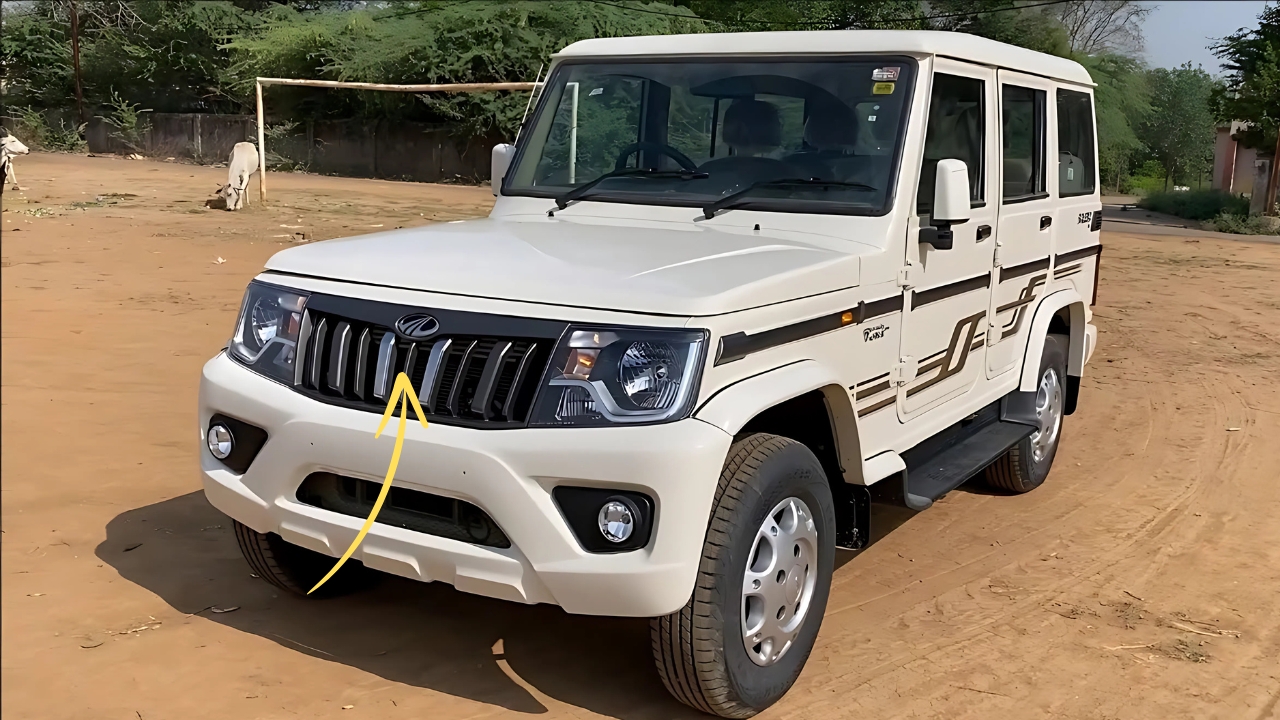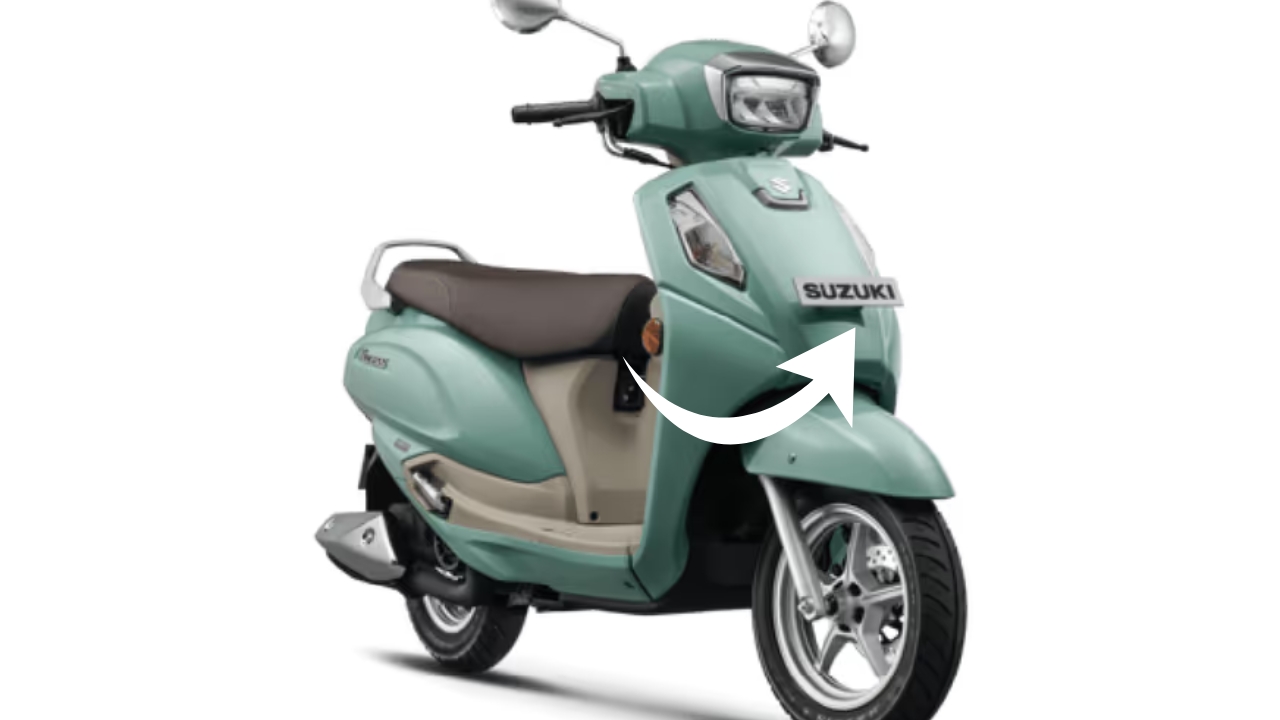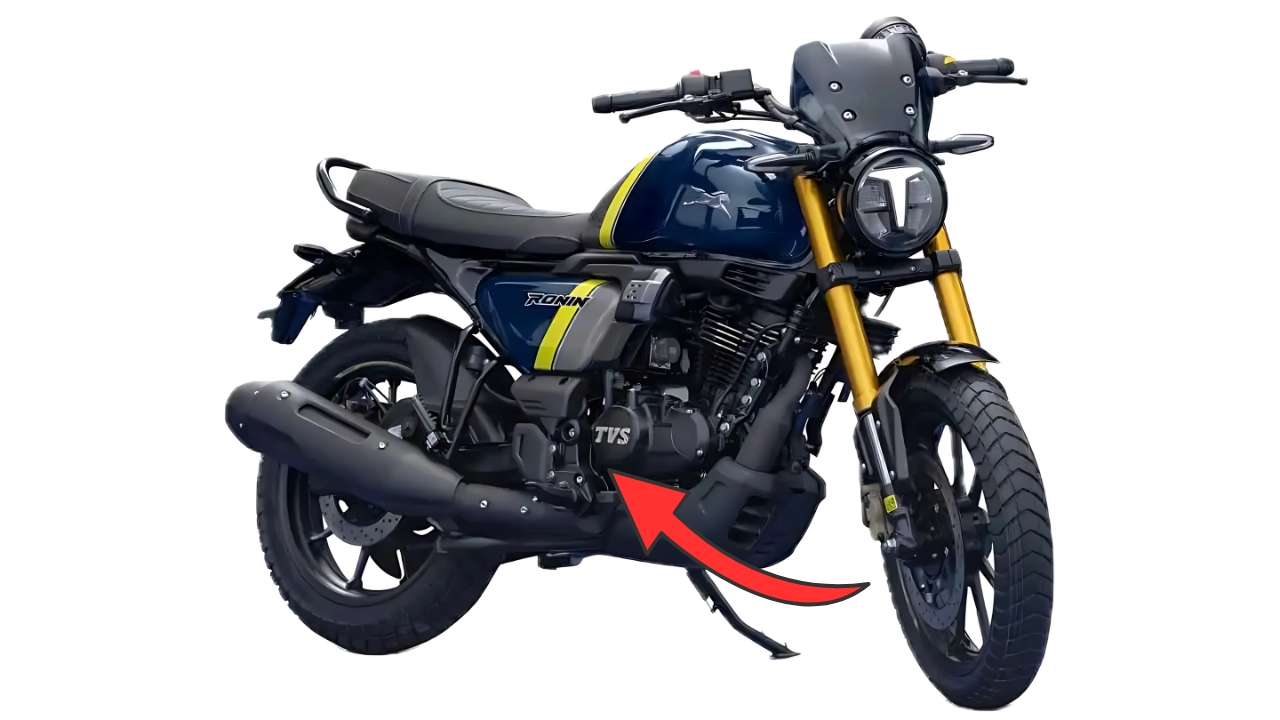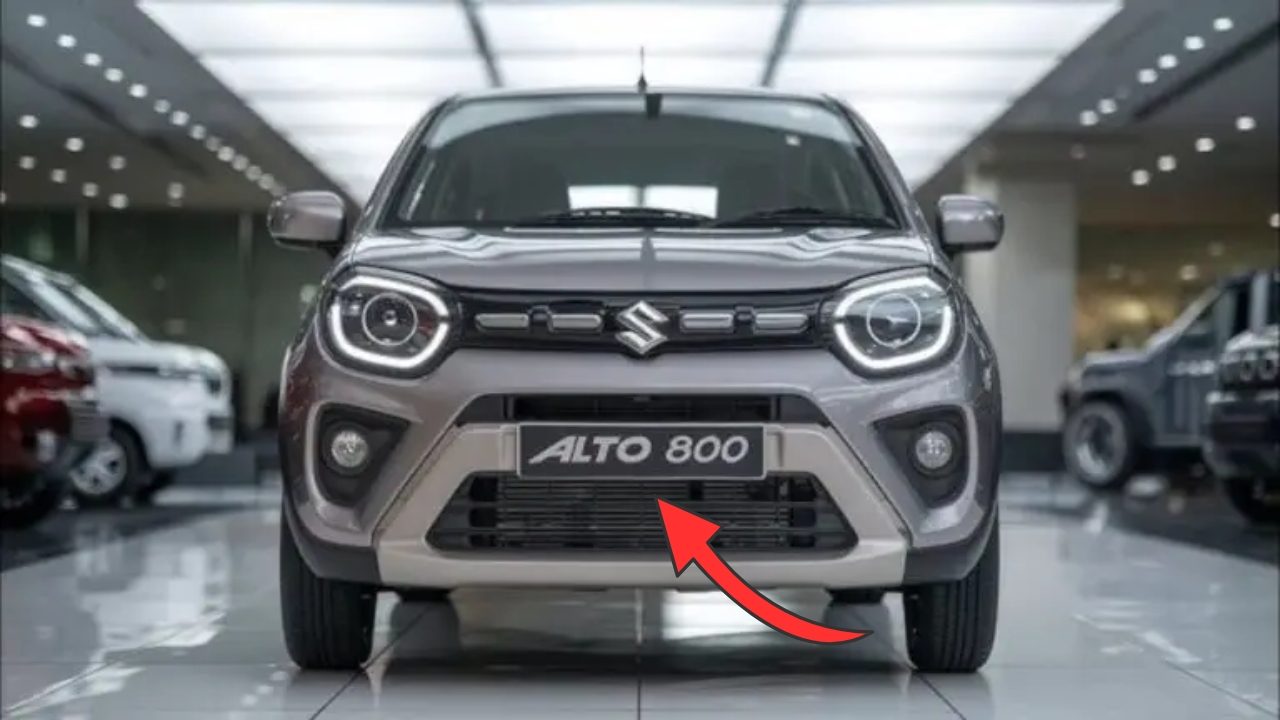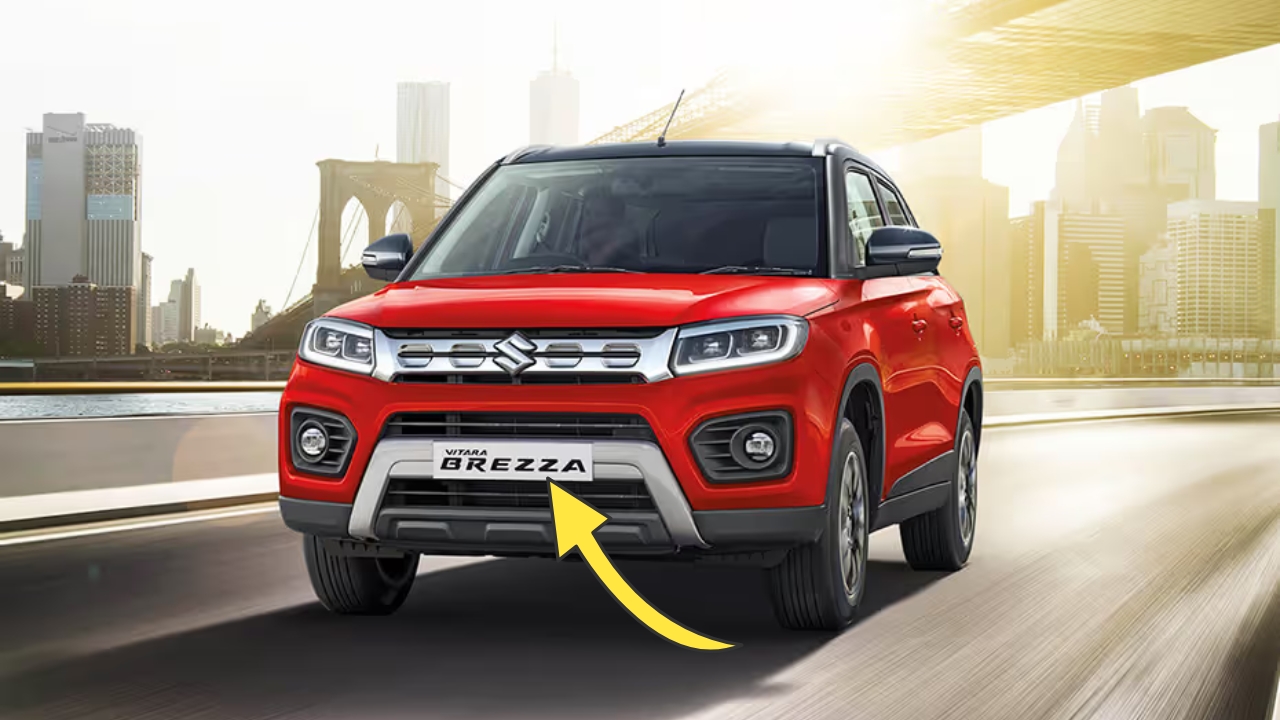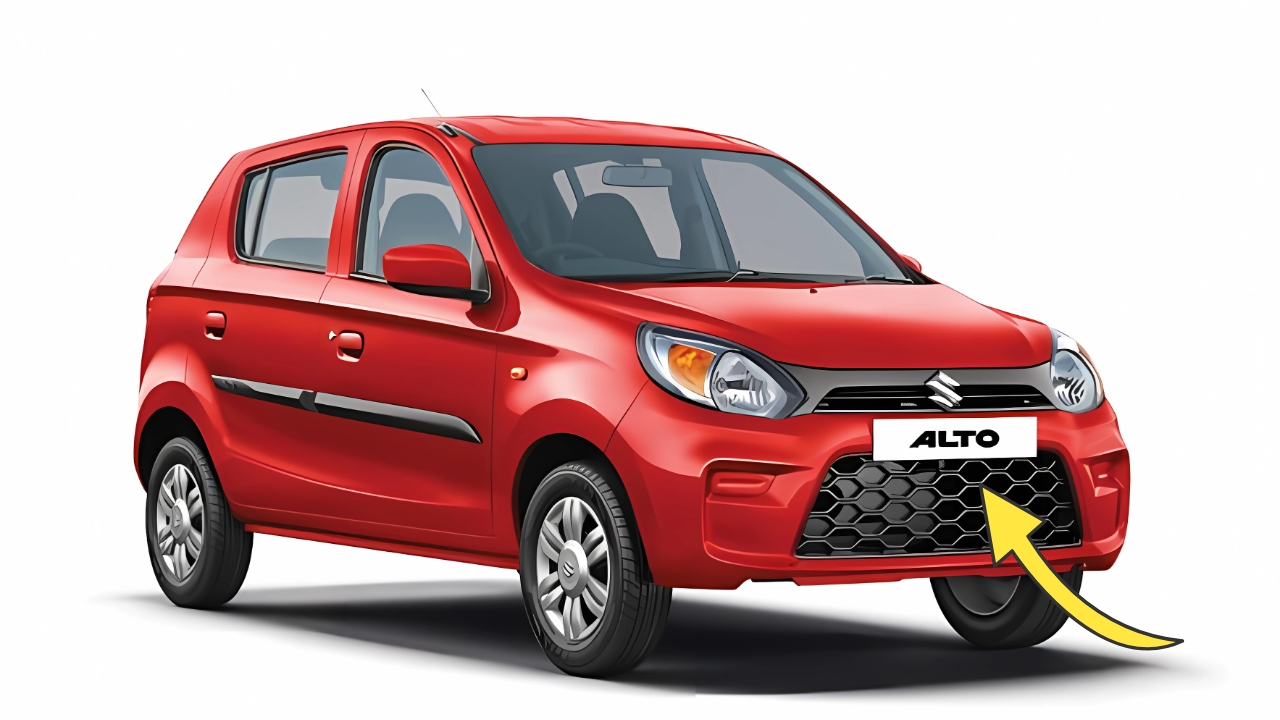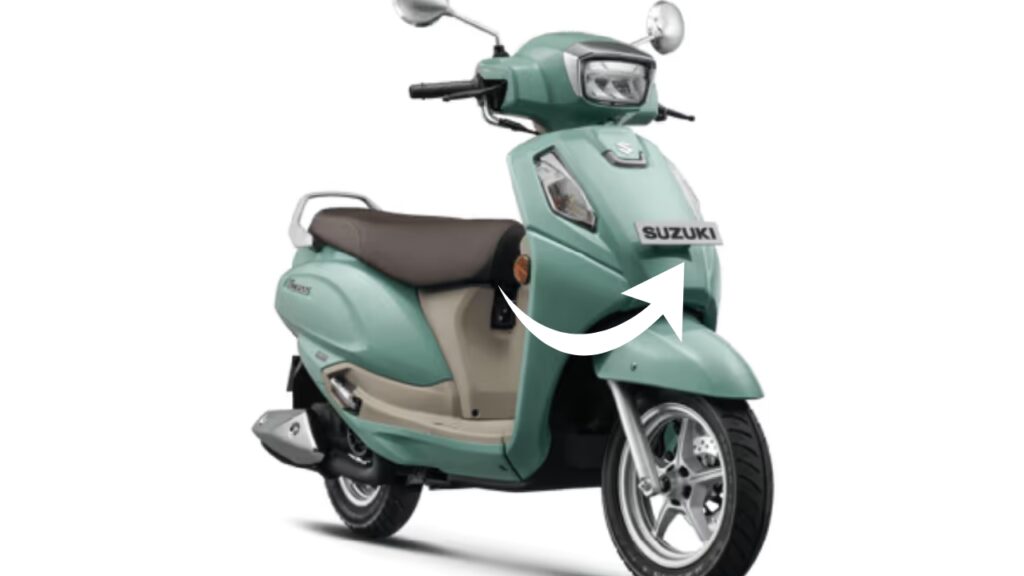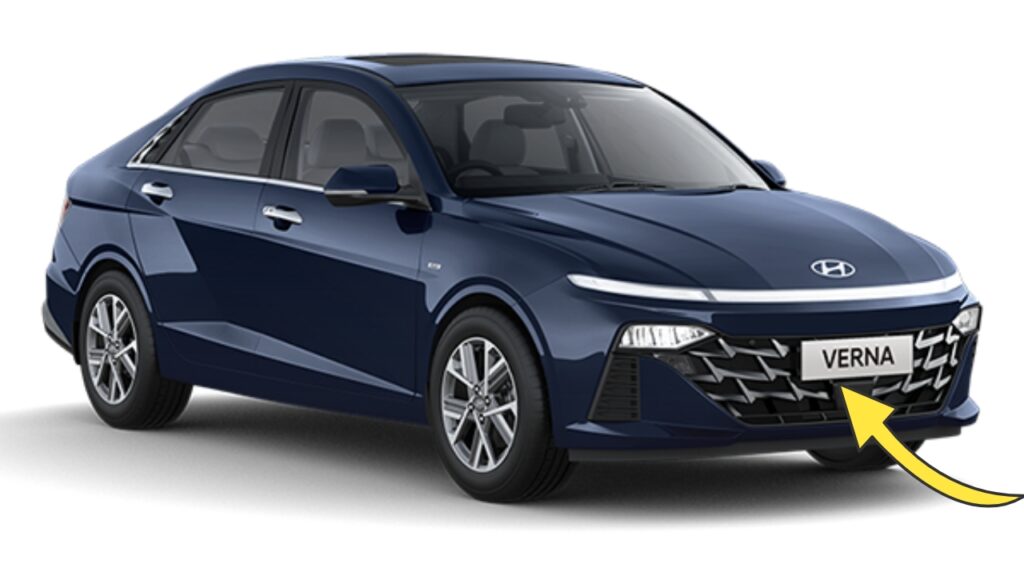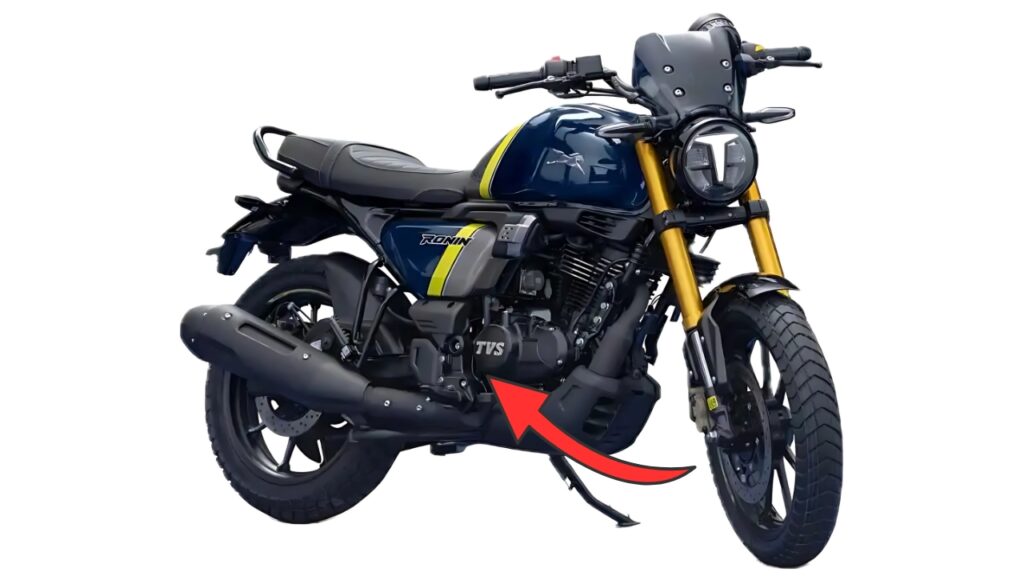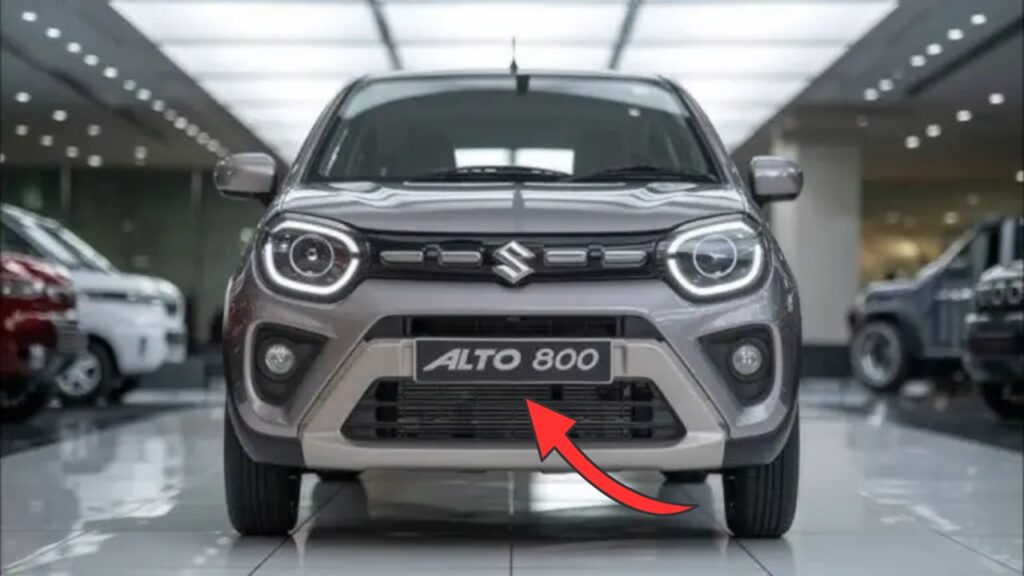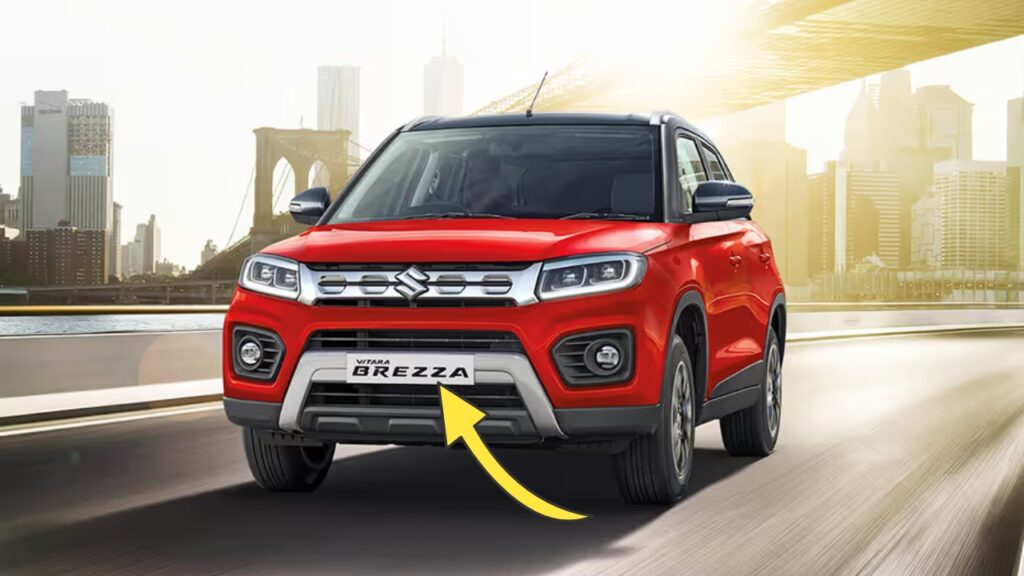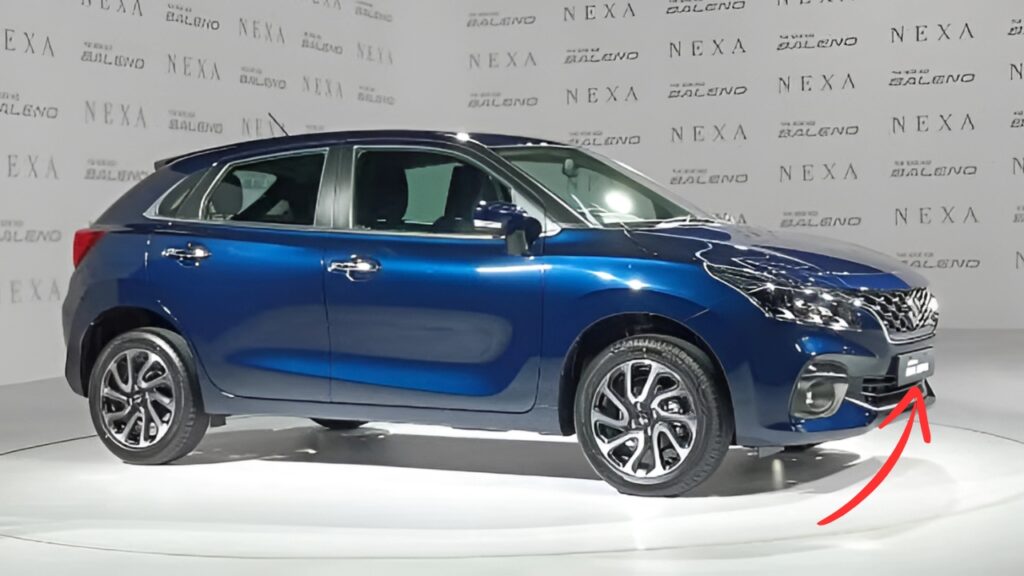Mahindra Bolero: In the diverse automotive market of India, few vehicles have achieved the cultural significance and longevity of the Mahindra Bolero.
For over two decades, this rugged utility vehicle has maintained its position as a staple in rural and semi-urban India, defying modern design trends and technological evolutions to deliver a consistent proposition of durability, practicality, and affordability.
The Bolero’s continued relevance in a rapidly evolving market offers fascinating insights into the distinct mobility needs of India’s heartland and Mahindra’s successful approach to serving this demographic.
Mahindra Bolero: Evolution Through Consistency
Since its introduction in 2000 as a replacement for the venerable Armada, the Bolero has followed an evolutionary rather than revolutionary development path.
While receiving periodic updates to meet changing regulatory requirements and consumer expectations, the vehicle has maintained its core identity and purpose throughout its lifespan—a rarity in today’s automotive landscape where comprehensive redesigns typically occur every 5-7 years.
This consistent approach reflects Mahindra’s understanding that its core Bolero customers value reliability and familiarity over trendy design changes or technological novelties.
The vehicle’s squared-off, utilitarian aesthetic has become instantly recognizable across India’s rural landscape, serving as a testament to prioritizing function over fashion.
Technical Specifications
The current Bolero maintains its traditional body-on-frame construction while updating key components to meet contemporary standards:
| Specification | Details |
|---|---|
| Engine | 1.5L mHawk75 3-cylinder diesel |
| Displacement | 1,493cc |
| Power Output | 75 bhp @ 3,600 rpm |
| Torque | 210 Nm @ 1,600-2,200 rpm |
| Transmission | 5-speed manual |
| Drive Configuration | Rear-wheel drive |
| Suspension (Front) | Independent with torsion bar |
| Suspension (Rear) | Leaf spring with shock absorbers |
| Length | 3,995 mm (7-seater) / 4,400 mm (Plus variant) |
| Width | 1,745 mm |
| Height | 1,880 mm |
| Wheelbase | 2,680 mm |
| Ground Clearance | 180 mm |
| Fuel Efficiency (ARAI) | 16.7 km/l |
| Fuel Tank Capacity | 60 liters |
| Seating Capacity | 7 (2+3+2 configuration) |
The sub-4-meter variant (introduced to leverage tax benefits for smaller vehicles in India) demonstrates Mahindra’s adaptability within the consistent Bolero formula, maintaining the vehicle’s essential character while optimizing for regulatory frameworks.
Durability-Focused Engineering
The Bolero’s engineering philosophy emphasizes robustness over refinement, with several design choices specifically addressing the challenging operating conditions of rural India:
-
Body-on-frame construction absorbing impacts from uneven terrain
-
Simple, proven mechanical components with minimal electronics
-
High-mounted air intake reducing water ingestion risk during monsoon season
-
Easily serviceable engine bay layout facilitating roadside repairs
-
Robust suspension components tolerating overloading common in rural usage
-
Corrosion-resistant body panels withstanding diverse climatic conditions
-
Simplified interior materials that resist wear and are easily cleaned
These attributes contribute to the Bolero’s legendary reliability and longevity, with many examples exceeding 300,000 kilometers while operating in challenging environments with limited maintenance infrastructure.
Pragmatic Interior Approach
The Bolero’s cabin exemplifies functional minimalism:
-
Durable vinyl and fabric upholstery resistant to wear and easy to clean
-
Straightforward instrument cluster with essential information
-
Substantial grab handles aiding ingress/egress on uneven terrain
-
Basic yet functional 2-DIN audio system in higher variants
-
Practical storage solutions including multiple cubby holes and door pockets
-
Bench-style seating maximizing occupant capacity
-
Washable floor materials appropriate for dusty or muddy conditions
This approach prioritizes practicality over luxury, acknowledging that many Boleros serve as working vehicles where durability trumps premium appointments.
Versatility as Core Strength
The Bolero’s versatility has been central to its enduring appeal:
-
Multi-purpose usage spanning personal transportation, commercial applications, and agricultural support
-
Reconfigurable interior accommodating passengers or cargo as needed
-
Substantial payload capacity supporting rural livelihoods
-
Towing capability for agricultural implements and small trailers
-
Roof rails accommodating additional cargo for extended family travel
-
Ability to navigate diverse terrain from highways to unpaved village roads
-
Sufficient ground clearance for seasonal water crossings during monsoons
This flexibility allows the Bolero to serve as an all-purpose vehicle for rural households where purchasing multiple specialized vehicles is economically impractical.
Cultural Significance
Beyond its technical attributes, the Bolero has achieved significant cultural relevance:
-
Status symbol in rural communities signifying prosperity and success
-
Preferred vehicle for local administrators and government officials in rural areas
-
Common sight at village weddings and ceremonies as family transport
-
Frequent depiction in regional cinema and television representing rural mobility
-
Associated with agricultural prosperity and business success in small towns
-
Nickname “Jonga” in some regions, referencing the legendary military vehicle
This cultural embedding has created strong intergenerational brand loyalty, with families often replacing their aging Bolero with a newer example rather than switching to alternative vehicles.
Market Position and Competition
The Bolero maintains a unique market position:
-
Consistent monthly sales averaging 7,000-8,000 units despite minimal marketing
-
Limited direct competition in its specific niche of rugged, affordable utility vehicles
-
Primary audience in Tier-3 towns and rural areas where competitive presence is limited
-
Cross-shopped against used SUVs rather than new compact vehicles in many cases
-
Distinct positioning from Mahindra’s more lifestyle-oriented SUV offerings
While facing indirect competition from compact SUVs and crossovers in urban markets, the Bolero’s core rural customer base remains remarkably loyal due to the vehicle’s proven suitability for their specific needs.
Future Outlook
As India’s automotive market evolves toward greater electrification and connectivity, the Bolero faces both challenges and opportunities:
-
Regulatory requirements necessitating continued emissions and safety updates
-
Gradual infrastructure improvements in rural areas potentially enabling more sophisticated vehicles
-
Increasing competition as other manufacturers target rural markets
-
Opportunity for thoughtful modernization while maintaining core attributes
Mahindra appears committed to evolving the Bolero carefully, adding essential modern features while preserving the fundamental reliability and practicality that define its character.
Mahindra Bolero: Understanding Specific Market Needs
The Mahindra Bolero’s enduring success offers valuable insights for the broader automotive industry.
While many manufacturers pursue rapidly changing design trends and technology-driven feature escalation, the Bolero demonstrates the value of deeply understanding specific market needs and delivering consistent solutions tailored to those requirements.
For rural India, where reliability, versatility, and serviceability remain paramount concerns, the Bolero continues to represent an optimized solution rather than a compromise.
Its longevity in the market suggests that authentic utility, when properly executed, can create product lifecycles that extend far beyond typical automotive timelines.
As the industry undergoes transformative changes toward electrification and autonomous capabilities, the Bolero’s legacy reminds us that successful vehicles must ultimately address real-world customer needs rather than merely showcasing technological possibilities.
This customer-centric approach, executed with consistency over decades, explains why the boxy, utilitarian Bolero remains an icon of Indian roads despite—or perhaps because of—its steadfast resistance to passing automotive fashions.
